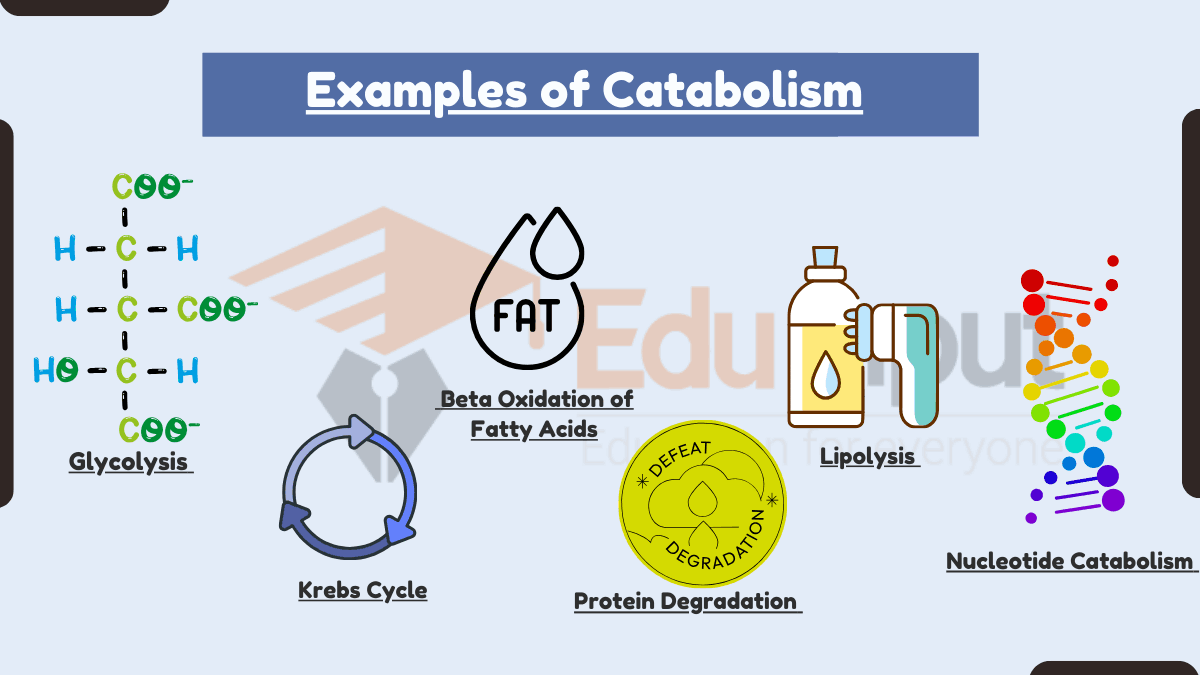7 Examples of Ecological Niche in Biology
In biology, a niche is the role that an organism plays in its environment or the way it fits in its environment. It is a combination of the organism’s physical habitat, its diet, its predators, its prey, and its interactions with other organisms.
it helps us to understand how different species interact with each other and with their environment. Niches are not fixed, and they can change over time.
Examples of Niche in Biology
Here are 7 examples of Ecological niche in Biology:
1. Barn owls
Barn owls are niche generalists. They eat a variety of small mammals, birds, and reptiles, and they can live in a variety of habitats, including forests, grasslands, and deserts. This generalist adaptation allows them to survive in a variety of environments.
2. Beavers
Beavers are niche constructors. They are the only animals that build dams, canals, and lodges. These structures modify the environment in a variety of ways. For example, dams can change the water flow in a river, which can affect erosion and flooding patterns.
Canals can create new habitats for plants and animals. Lodges provide shelter for beavers and their young. The beavers’ niche also affects other species that live near the watershed. For example, dams can create wetlands, which provide habitat for amphibians and waterfowl.
Canals can connect different bodies of water, which can allow fish and other aquatic animals to move more easily. Lodges can provide shelter for other animals, such as muskrats and raccoons.
3. Birds of New Zealand
The Birds of New Zealand is an example of how niche can be shaped by isolation. The island of New Zealand is isolated from other landmasses, which has led to the evolution of unique species that fill niches that are not usually filled by mammals.
For example, the kiwi is a flightless bird that is the only mammal-sized herbivore in New Zealand. The kiwi has adapted to its environment by developing a long beak that it uses to dig for food. The lack of competition from mammals has allowed the kiwi to thrive in New Zealand.
4. Lichens
Lichens are an example of a symbiotic relationship between two different organisms: algae and fungi. The algae provides the lichens with food through photosynthesis, and the fungi provides the lichens with water and minerals.
This symbiotic relationship allows lichens to survive in a variety of harsh environments, such as deserts and mountains.
5. Giant pandas
Giant pandas are niche specialists. They have a very limited diet, 99% of which consists of bamboo.
Pandas are found in the bamboo forests of China. The bamboo forests are being destroyed for logging and agriculture.
This is reducing the panda’s habitat and making it more difficult for them to find food. The pandas’ specialization also makes them vulnerable to competition from other animals.
For example, bears will eat bamboo if they can find it, and they are better at competing for bamboo than pandas.
6. Flightless dung beetles
Flightless dung beetles are niche specialists. They are the only beetles that feed on animal droppings. They roll the droppings into balls, which they then bury in the soil. The dung balls provide food for the beetles and their larvae. The beetles’ niche also helps to aerate the soil and reintroduce nutrients back into the soil.
The dung beetles’ activity can help to improve soil quality, which can benefit other plants and animals in the ecosystem.
7. Coyotes
Coyotes are niche generalists. They are able to adapt to a variety of habitats and diets. This makes them successful in a variety of environments. Coyotes are found in North America, South America, and Central America.
They live in a variety of habitats, including forests, deserts, and mountains. They eat a variety of foods, including rodents, rabbits, birds, fruits, and vegetables. Coyotes are able to adapt to changes in their environment, which makes them successful in the face of human development.
For example, coyotes are able to live in urban areas, where they can find food and shelter.

 written by
written by 


Leave a Reply